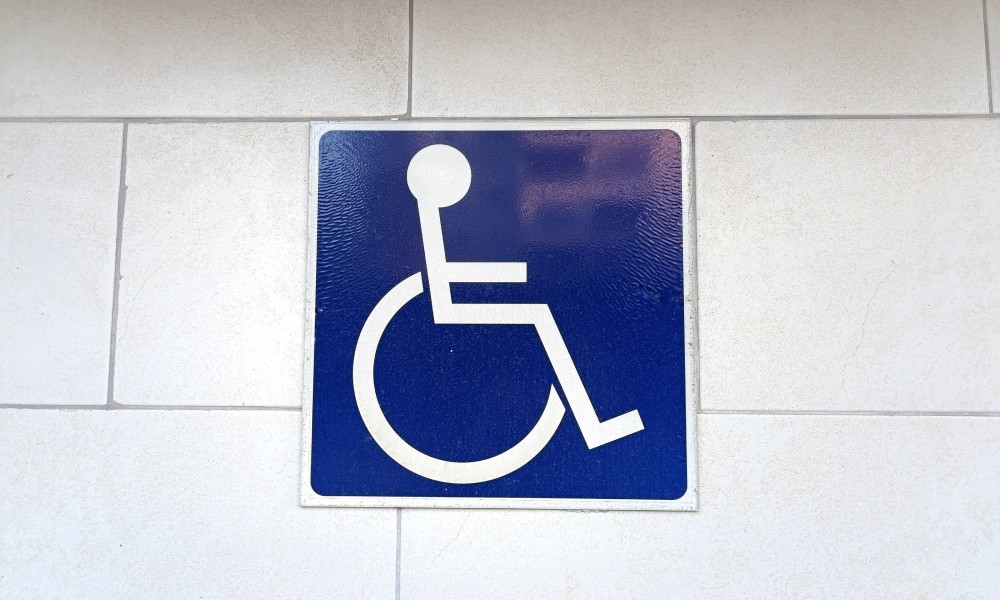Have you ever wondered why some cities and towns are more accessible than others? It all comes down to the Americans with Disabilities Act (ADA). This essential piece of legislation ensures that public spaces are accessible to everyone, including people with disabilities.
Understanding the ADA guidelines is crucial for fostering inclusion and creating communities where everyone can thrive. This blog will explore ADA guidelines that cities and towns have to follow to maintain compliance.
Overview of ADA Guidelines
The ADA sets out specific requirements that cities and towns must follow to be accessible. These guidelines cover everything from building entrances to public transportation. For instance, wheelchair ramps need to meet certain slope and width requirements, and sidewalks should be free of obstacles. Even small details like ADA drain grates are essential. They must meet specific requirements so canes, walkers, and wheelchairs can pass without getting stuck.
The Impact of ADA Compliance
When cities adhere to ADA guidelines, they become more inclusive places where everyone can participate. Imagine a town where every building is accessible, every crosswalk has audible signals, and every park has accessible playground equipment. ADA compliance makes all this possible. It benefits those with disabilities and creates a more welcoming environment for everyone. From elderly citizens to parents with strollers, accessible design makes life easier for a broad range of people.
Challenges Faced by Cities and Towns
Despite the clear benefits, many cities and towns struggle to meet ADA standards. Budget constraints often top the list of challenges. Making public spaces ADA-compliant can be expensive, especially for smaller towns with limited resources.
There’s also the issue of outdated infrastructure. Many cities didn’t consider accessibility when they designed old buildings and facilities. Bringing these up to code can be a massive undertaking. Additionally, a general lack of awareness or understanding of the ADA guidelines further complicates compliance efforts.
Shaping Inclusive Communities
The role of the ADA in shaping inclusive communities is more important than ever. With advancements in technology and a growing awareness of accessibility issues, the future looks promising. Cities are beginning to adopt smart city technologies that can further enhance accessibility. For example, real-time data can help manage traffic flow to make streets safer for everyone.
The ADA will continue to evolve, incorporating new standards that reflect modern needs and technologies. This ongoing development ensures that cities remain inclusive and accessible for future generations.
Improvement Tips for Cities and Towns
Improving ADA compliance doesn’t have to be daunting. Start by conducting an accessibility audit to identify areas that need improvement. Engage with the community to understand their needs better. Installing ADA drain grates or adding tactile paving at crosswalks are simple changes that can make a significant difference. Training staff on ADA guidelines and best practices is also crucial. By taking these steps, cities can make meaningful progress toward becoming more accessible and inclusive.
The ADA is more than just a set of guidelines; it’s a roadmap to creating inclusive communities. It’s a collective effort that requires awareness, commitment, and action. Let’s work together to prioritize accessibility and inclusion in our communities. I






